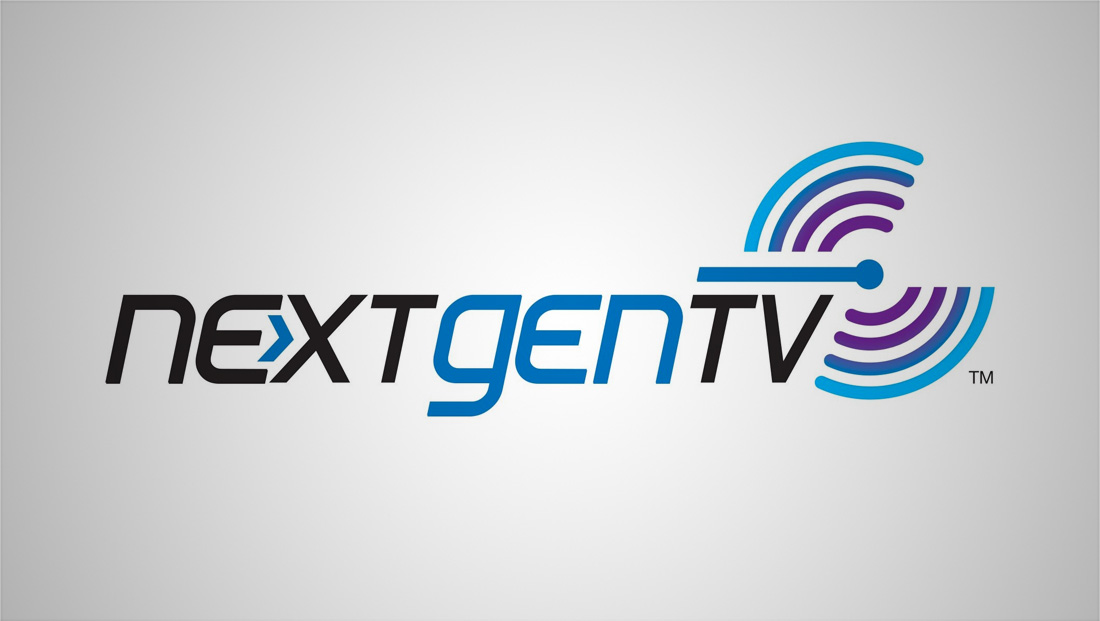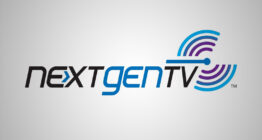NAB proposes 2028 ATSC 3.0 deadline for major markets, full transition by 2030

Weekly insights on the technology, production and business decisions shaping media and broadcast. Free to access. Independent coverage. Unsubscribe anytime.
The National Association of Broadcasters has petitioned the Federal Communications Commission to set a firm timeline for the shutdown of ATSC 1.0 broadcasts, aiming to complete the industry’s transition to NextGen TV (ATSC 3.0) within the next six years.
The petition proposes a two-phase transition plan: full conversion of the top 55 television markets — representing approximately 70% of the U.S. population — by February 2028, followed by the remaining markets by February 2030.
ATSC 3.0, already launched in markets covering about 76% of the country, offers enhanced video and audio quality, interactive services, and new datacasting capabilities that could generate significant revenue opportunities.
“I think the FCC is going to be extremely pro-innovation and giving broadcasters the flexibility to launch in more markets,” said Rob Folliard, SVP, government relations & distribution for Gray Television, in an interview with NewscastStudio. “There really has to be a hard cutoff date… This is important for the industry. This is how broadcast television survives into the next decade.”
NAB argues that a complete transition would free up spectrum, enabling more advanced services, including a terrestrial Broadcast Positioning System (BPS) that could serve as a GPS backup.
In addition to setting a transition timeline, NAB is urging the FCC to update regulations to align with the new standard. Specifically, it calls for ATSC 3.0 tuners to be required in all new television sets by February 2028 and to adjust cable TV must-carry rules to accommodate technical differences between the two standards.
NAB President and CEO Curtis LeGeyt emphasized the importance of regulatory action to prevent delays in the transition.
“Next Gen TV is already transforming the viewing experience, delivering superior picture quality, immersive audio, interactive features, hyper-localized programming, and cutting-edge public safety capabilities, all while keeping local television free and accessible,” he said in a statement. “Broadcasters have invested significantly in this transition, but outdated regulations threaten to stall progress.”
The petition also cites industry support for the shift, noting that consumers have purchased more than 14 million ATSC 3.0-compatible television sets.
The Future of Television Initiative, which brought together stakeholders to address challenges in the transition, has also released a report supporting a structured move to the new standard.
FCC Commissioner Brendan Carr has previously indicated support for the transition, describing the industry as being at a “break glass moment” that requires decisive action.
The NAB petition echoes this urgency, stating that “without decisive and immediate action, the transition risks stalling, and the realistic window for implementation could pass.”
NAB’s proposal is expected to generate debate, particularly regarding mandates on television manufacturers and potential impacts on cable and satellite providers. While the association argues that regulatory updates will ensure a smooth transition for consumers and broadcasters alike, opposition from the Consumer Technology Association and pay-TV providers could complicate the path forward.
The FCC has yet to formally respond to the petition, but its decision on the proposed timeline could shape the future of broadcast television for years to come.





tags
ATSC, FCC, NAB, NextGen TV ATSC 3.0
categories
Broadcast Business News, Broadcast Engineering, Heroes, NextGen TV, Policy